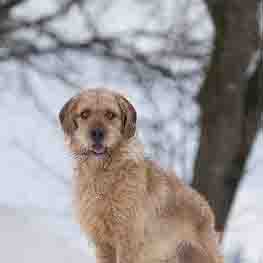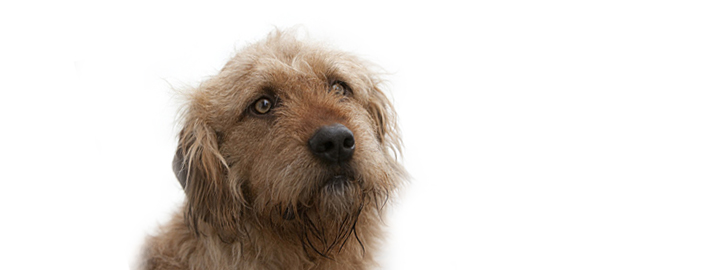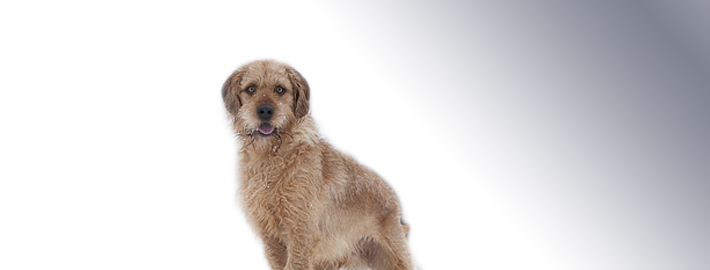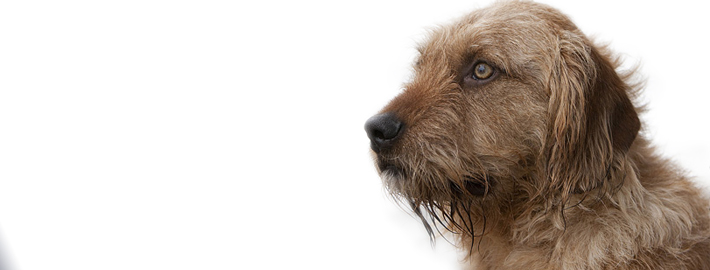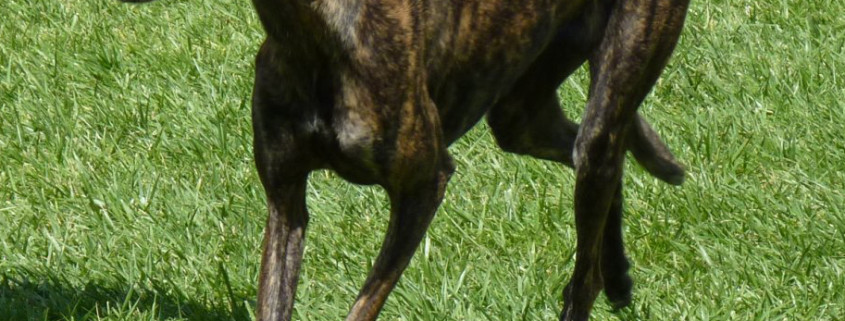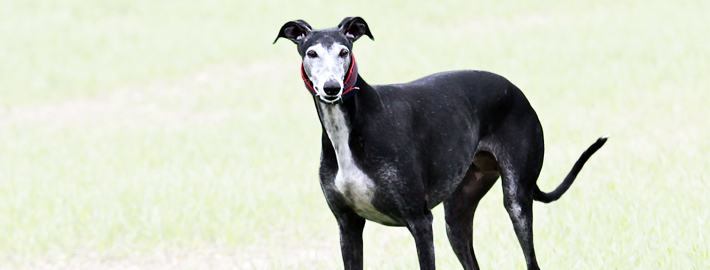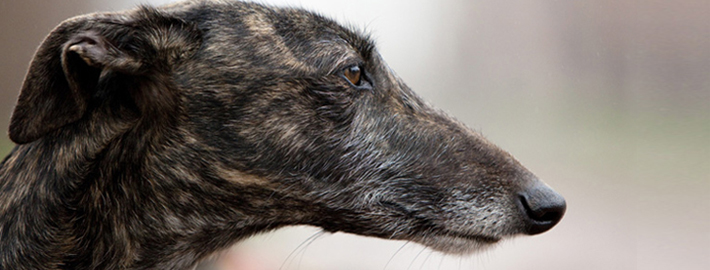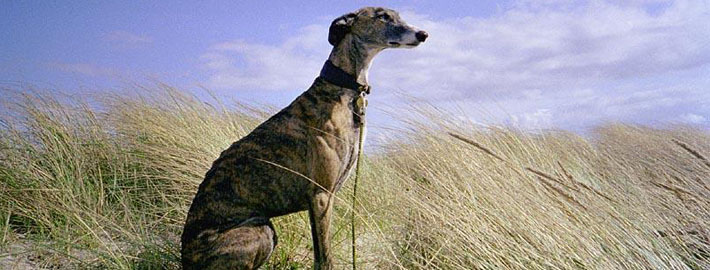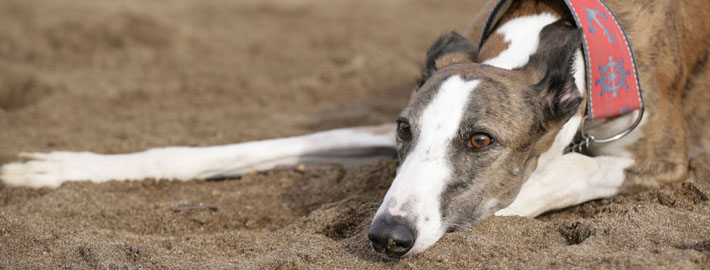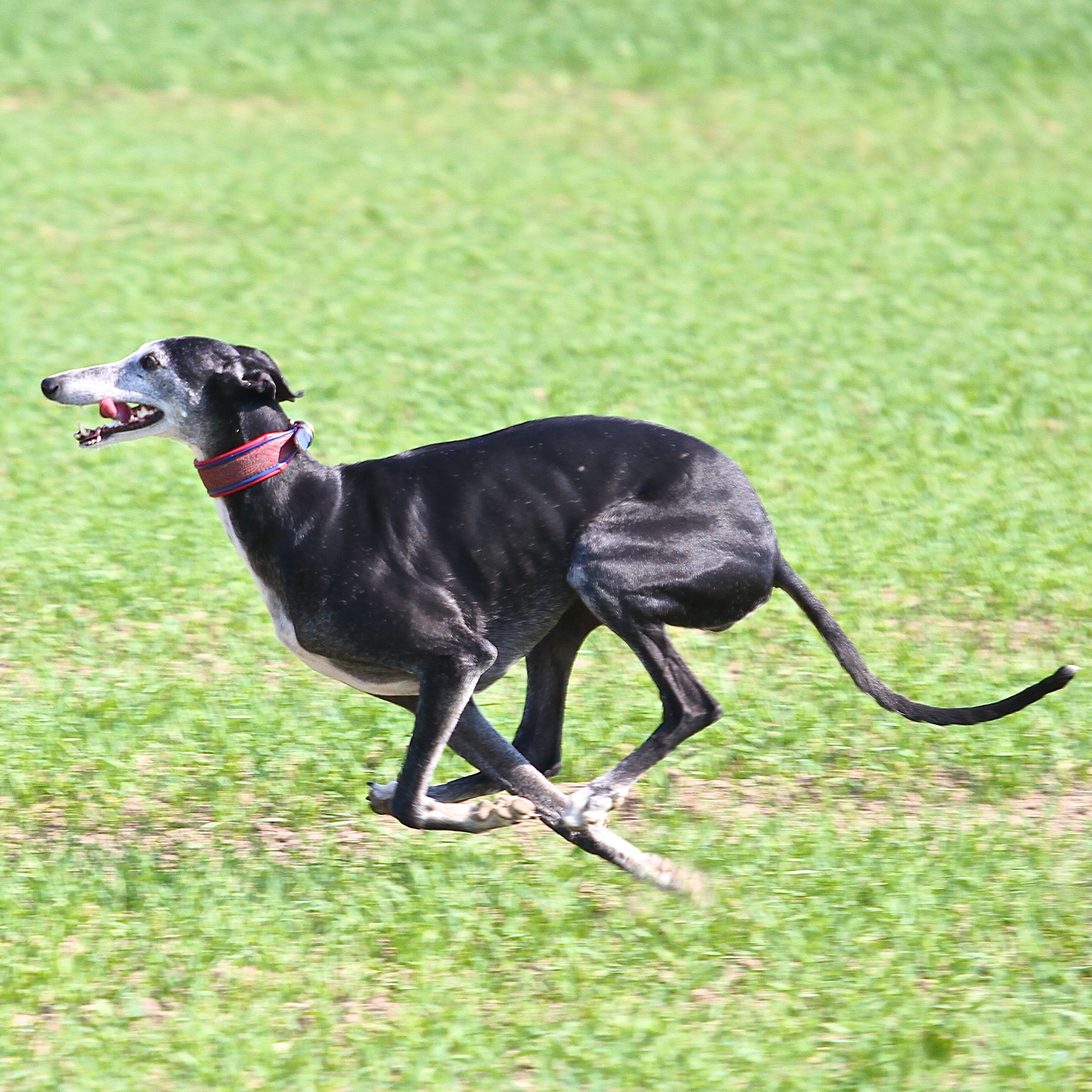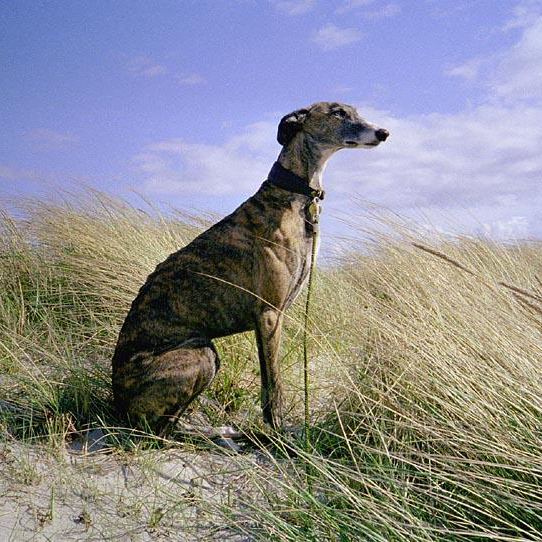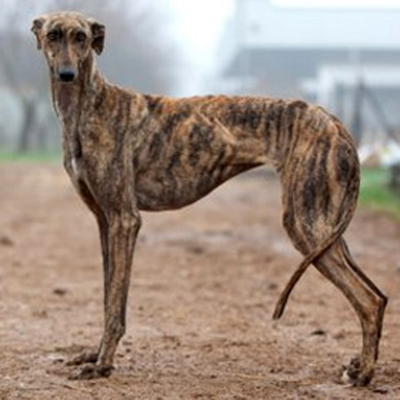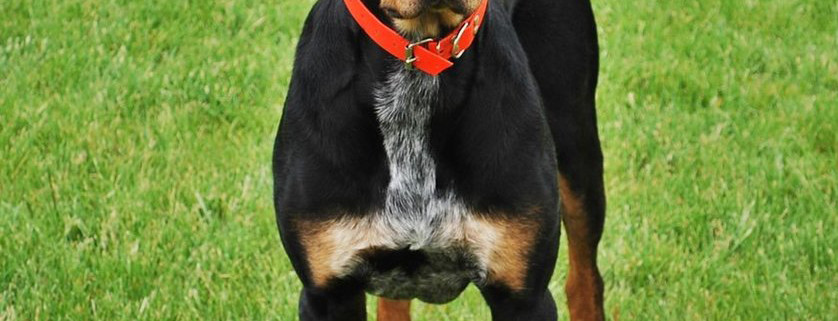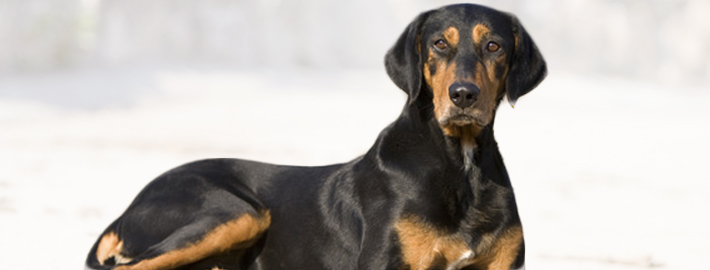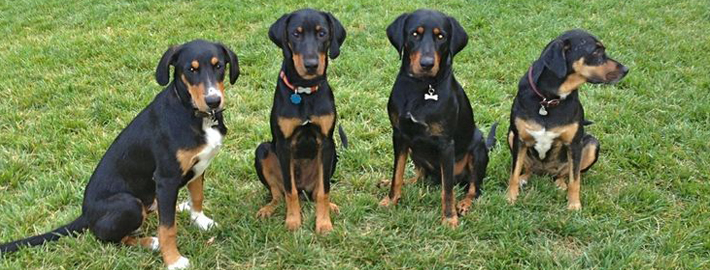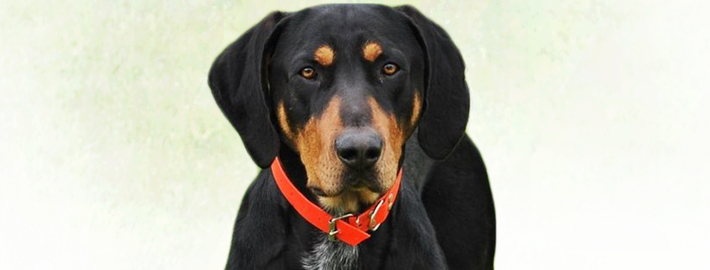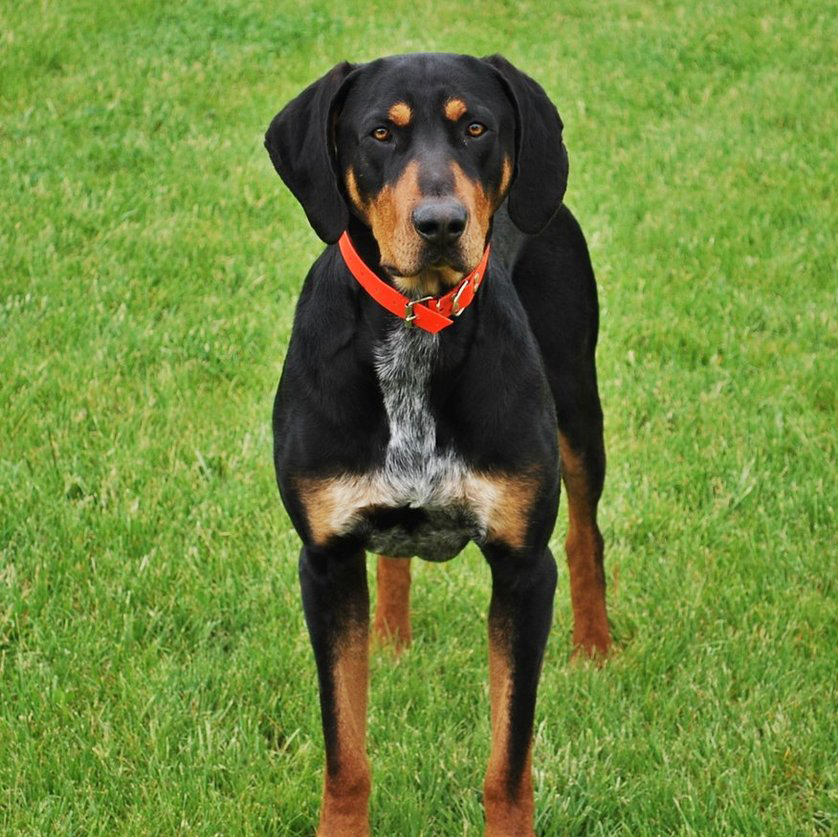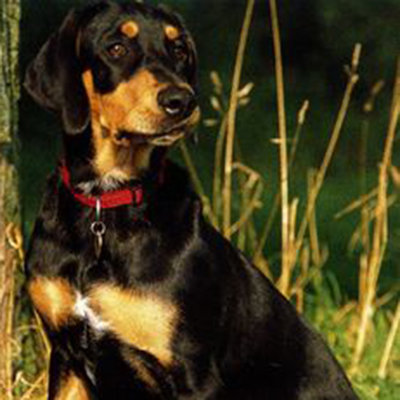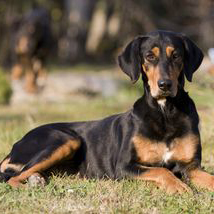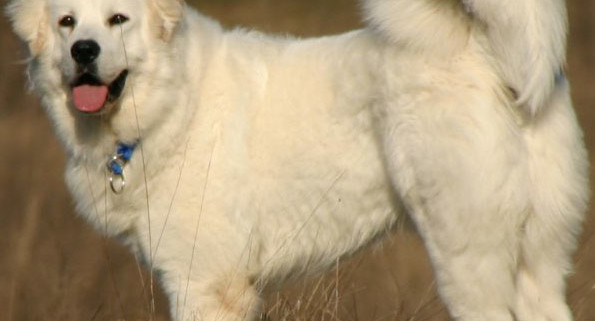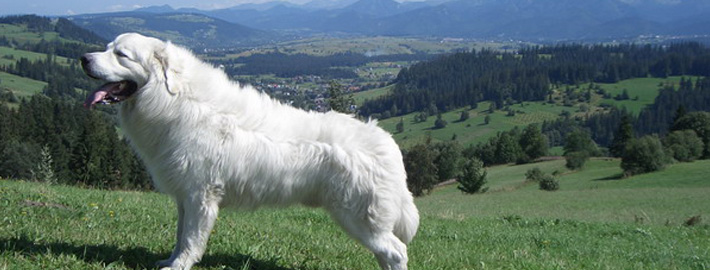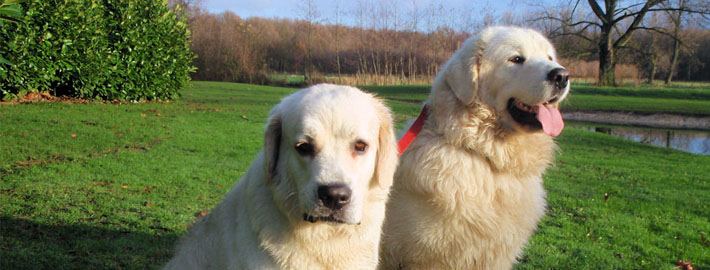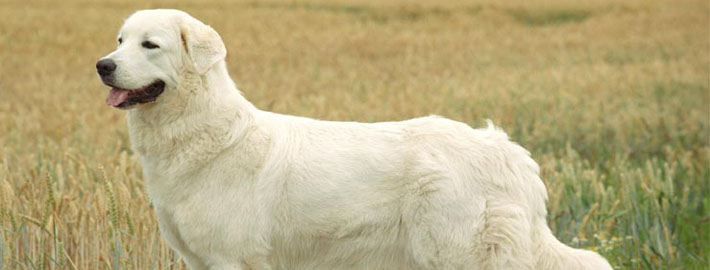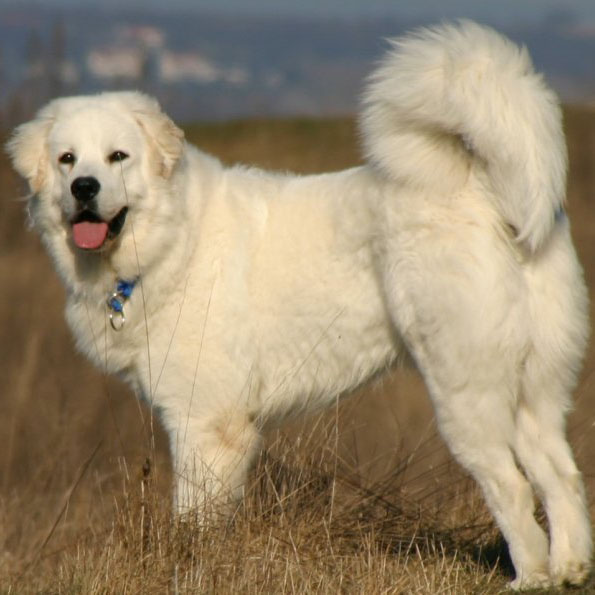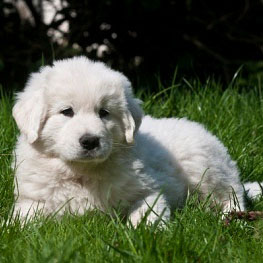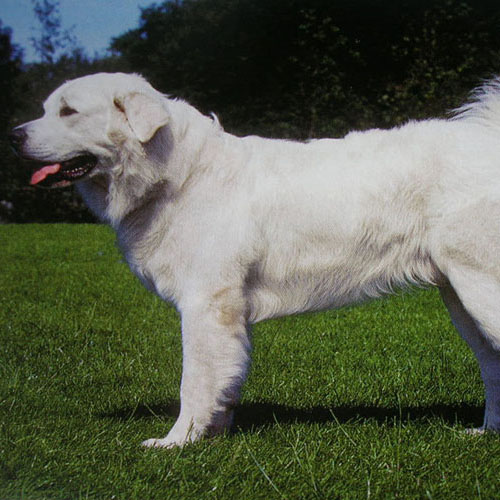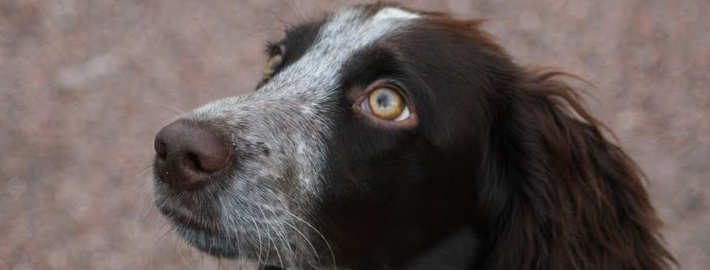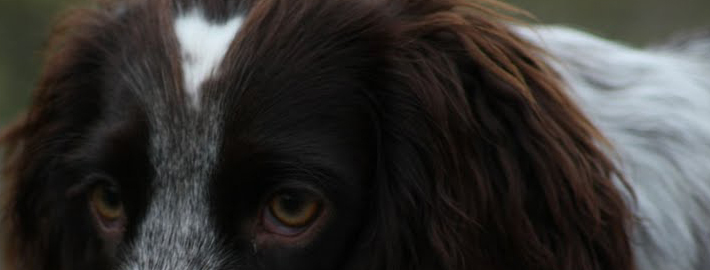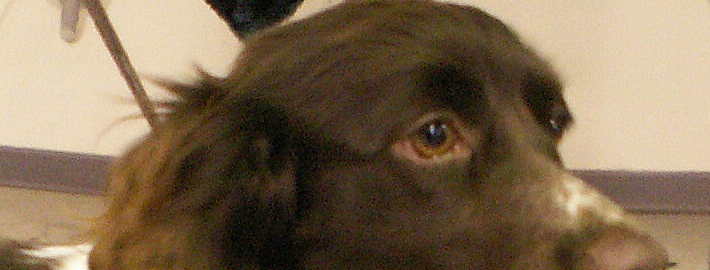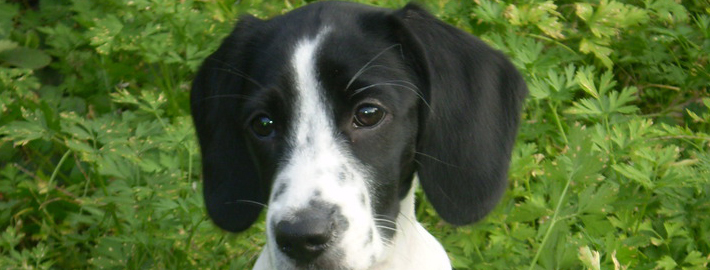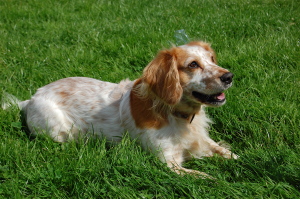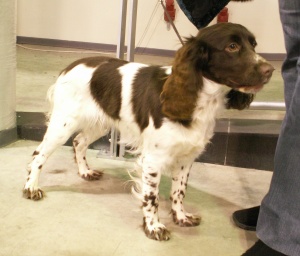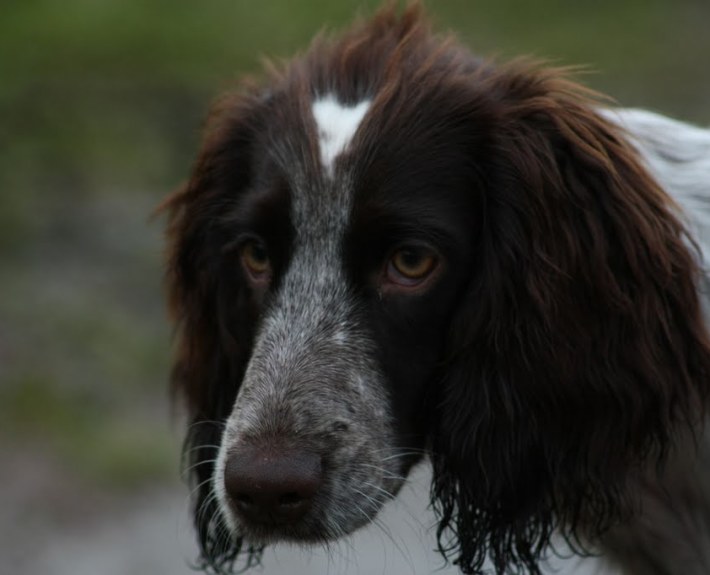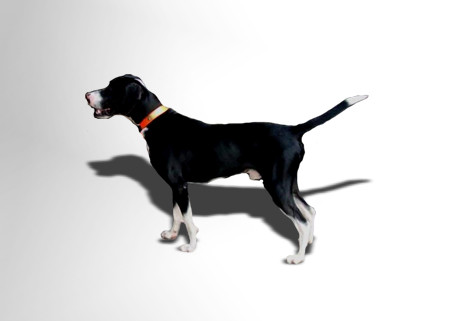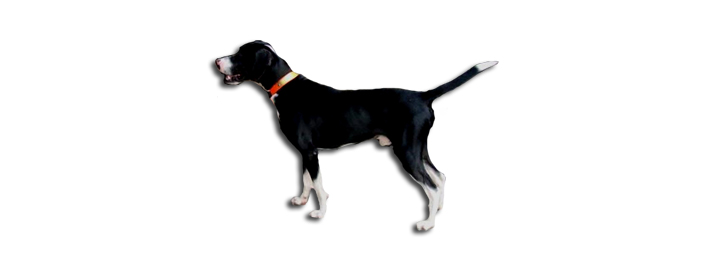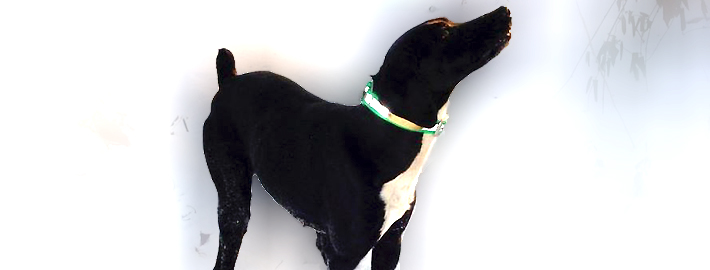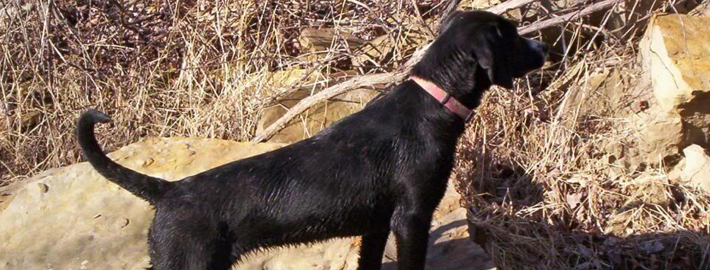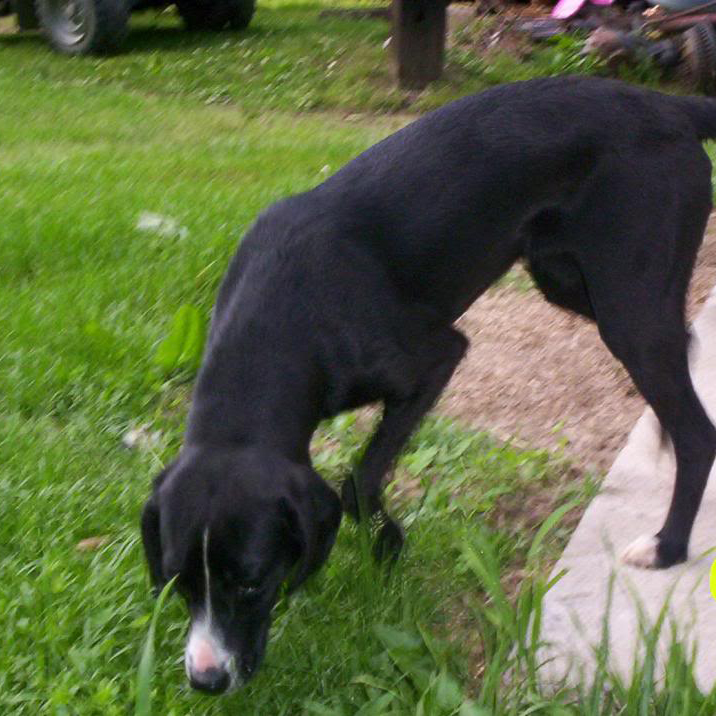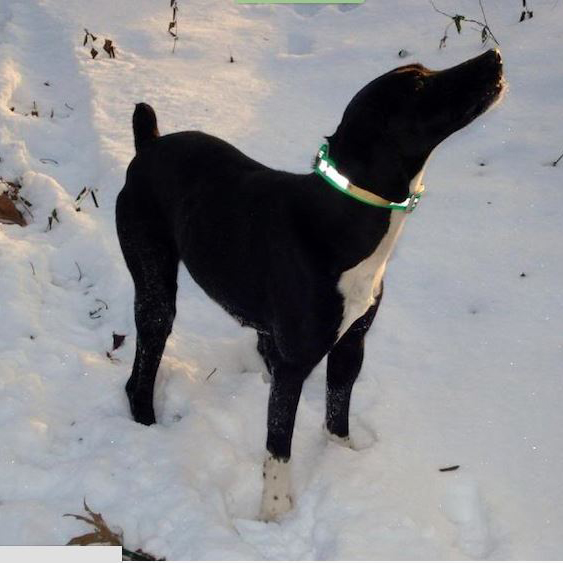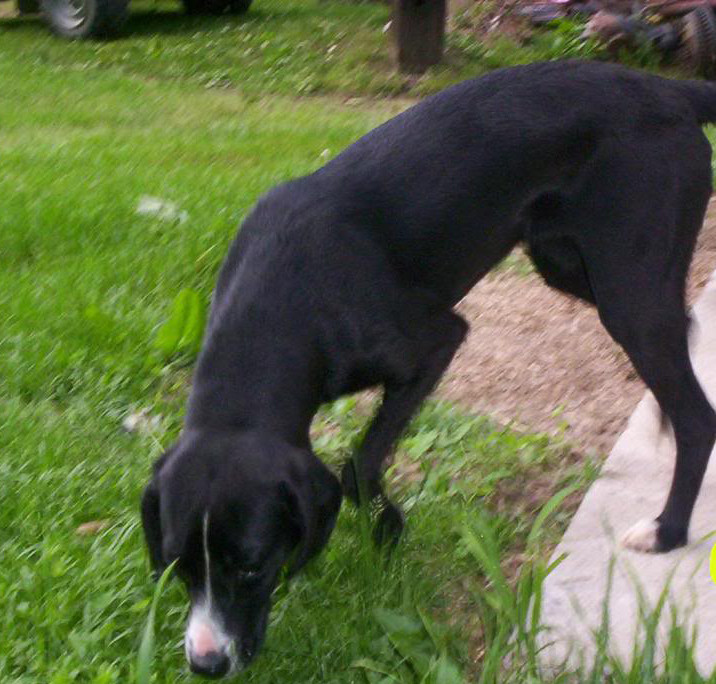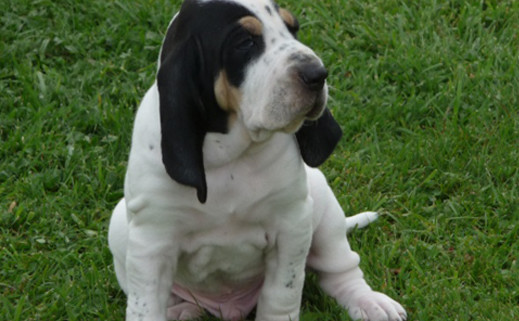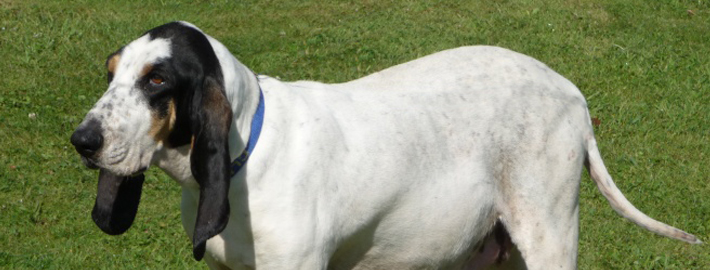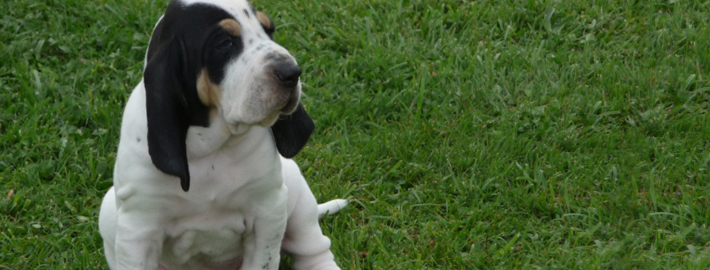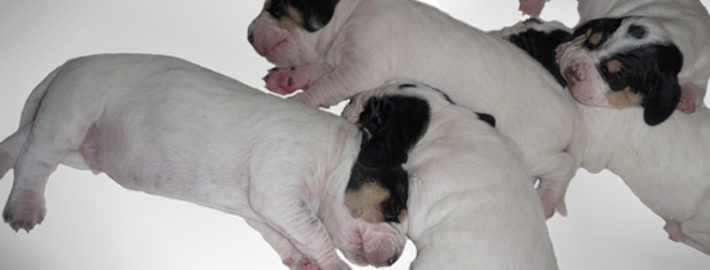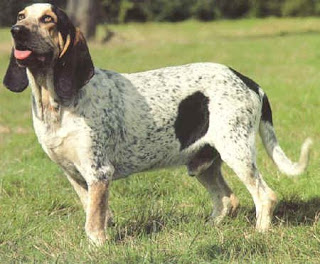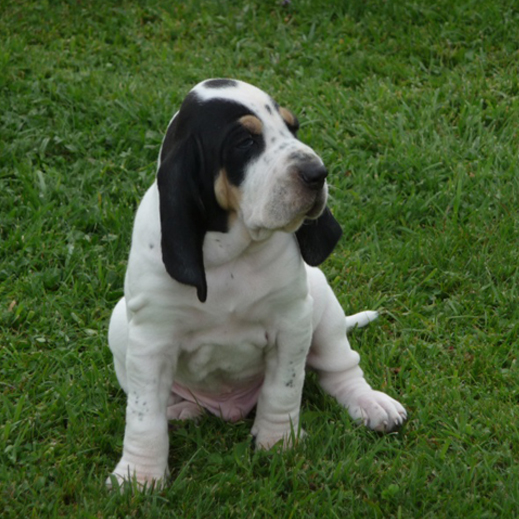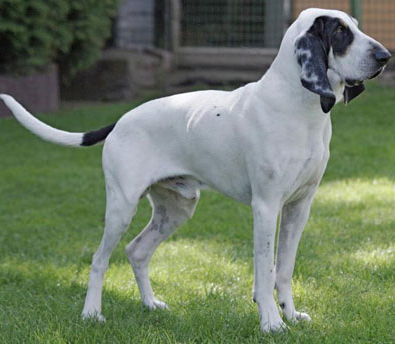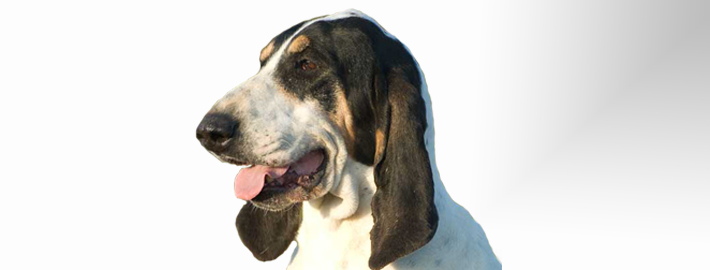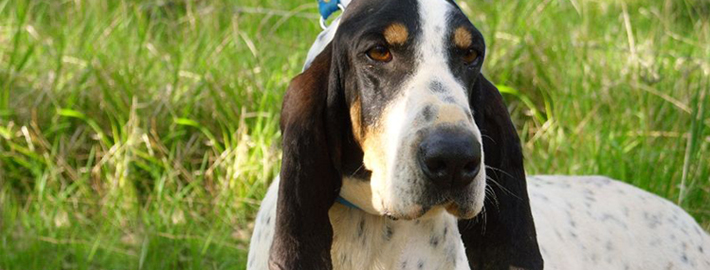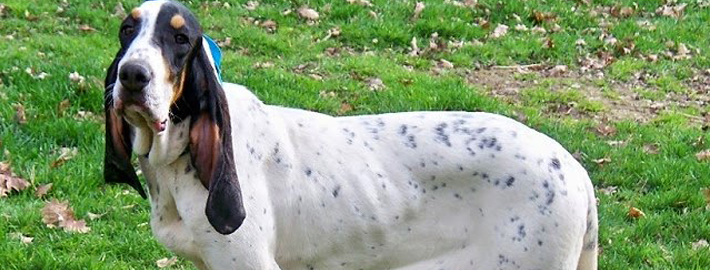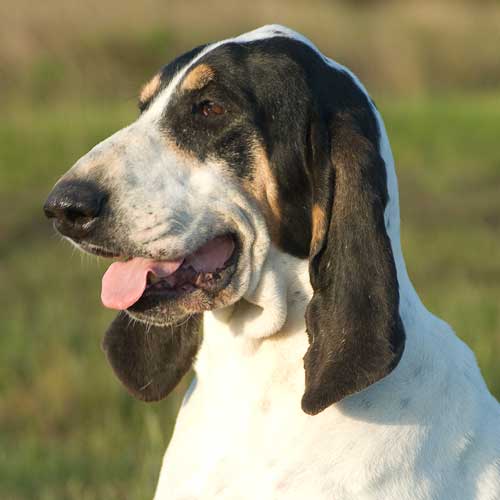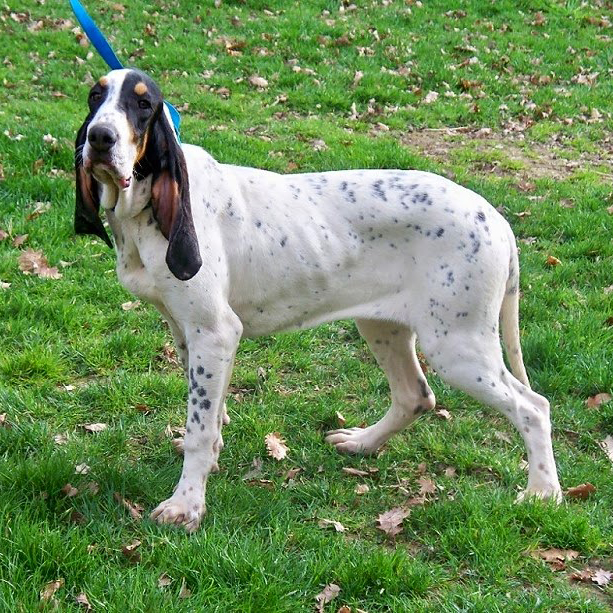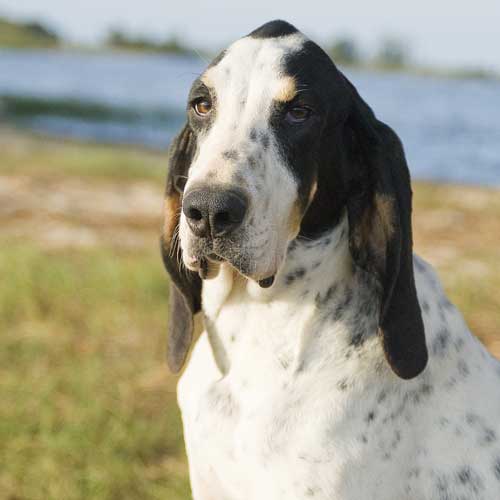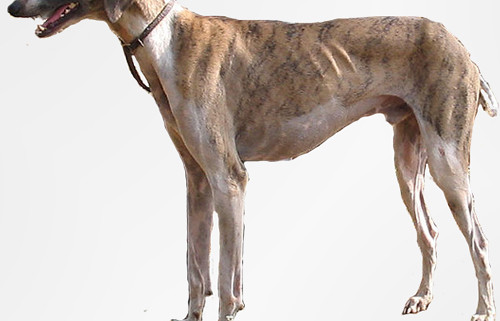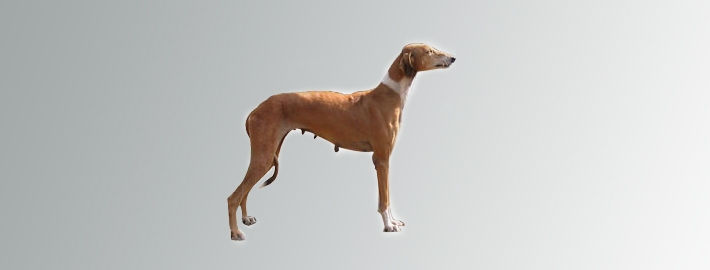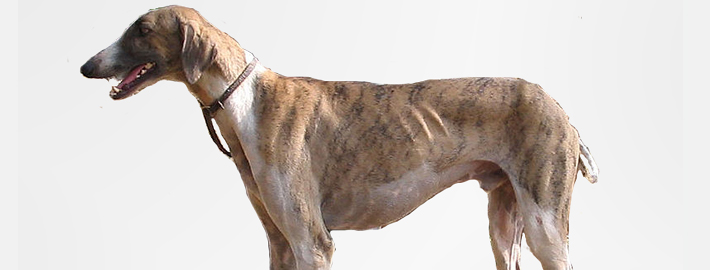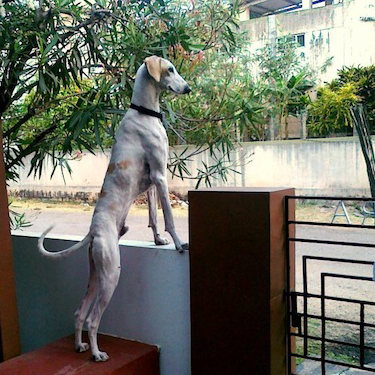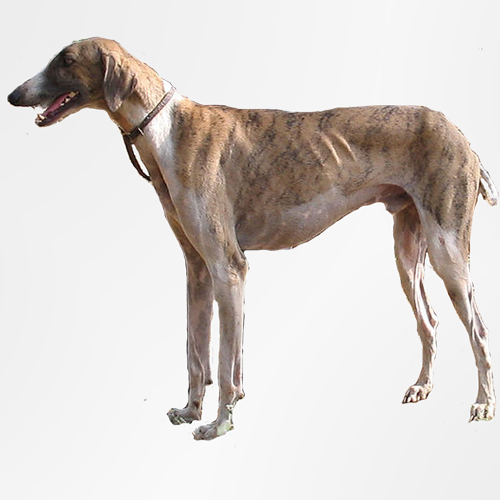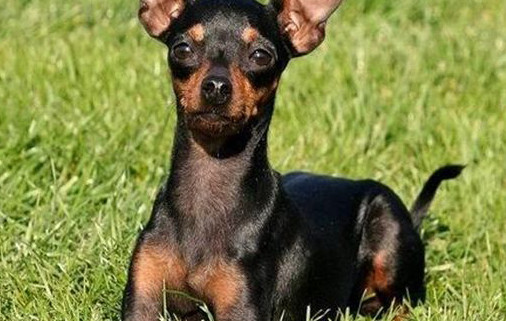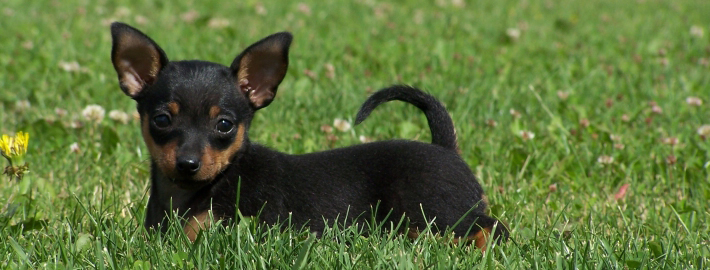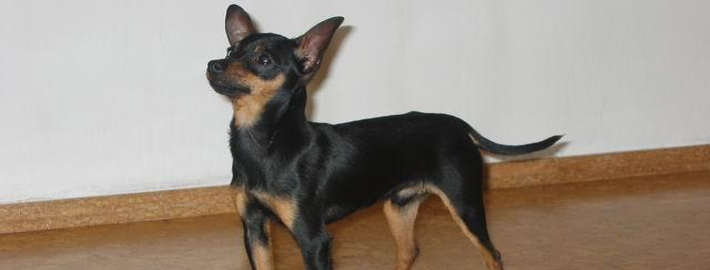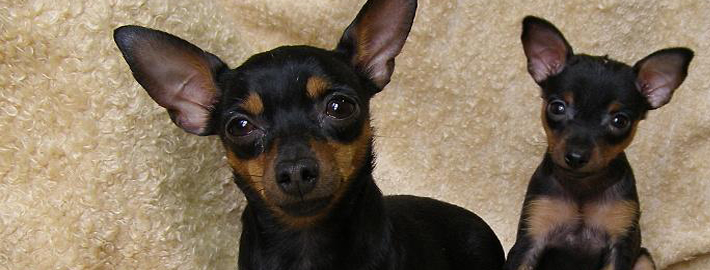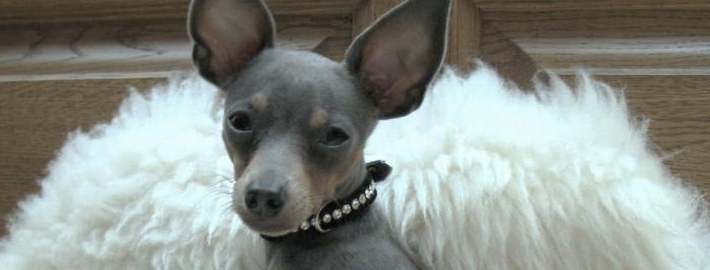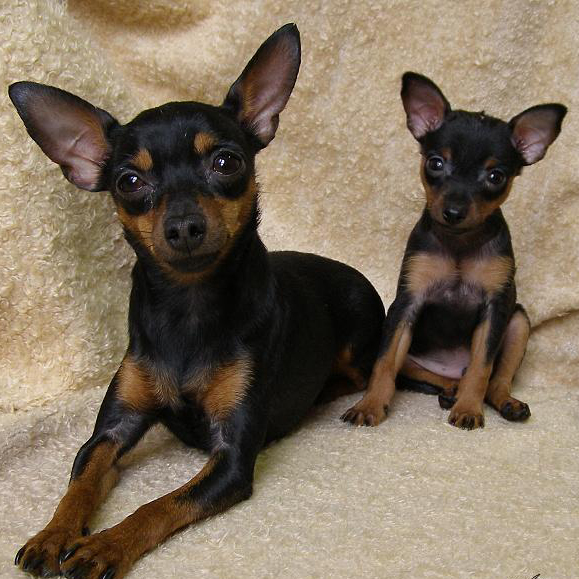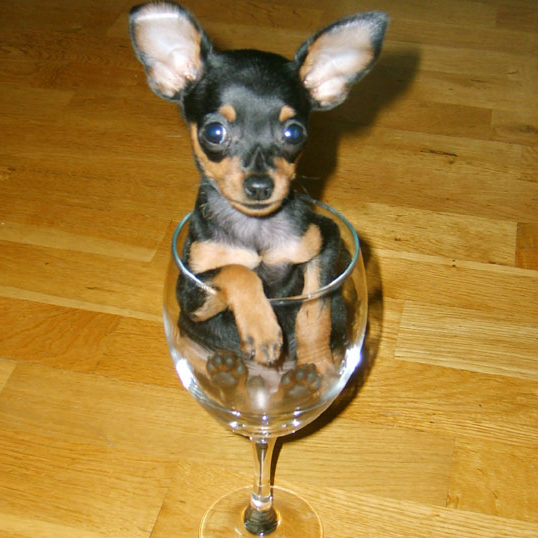Styrian Coarse-Haired Hound
Styrian Coarse-Haired Hound – Serious Looking
What makes the Styrian Coarse-Haired Hound Unique?
The Styrian Coarse-haired Hound is one of the breeds known as Grand Brackes. These dogs were primarily developed to hunt in the mountainous areas of Austria that is also noted for its unforgiving climate that is why they are named such. Exclusively utilized in hunting and in tracking wounded game. Developed from a Hanoverian Scenthound and from an Istrian Hound. This breed is noted for its remarkable scenting ability and has the most desired rough coat that makes the dog resistant to the harsh weather in high altitudes of the Austrian Mountains.
Page Contents
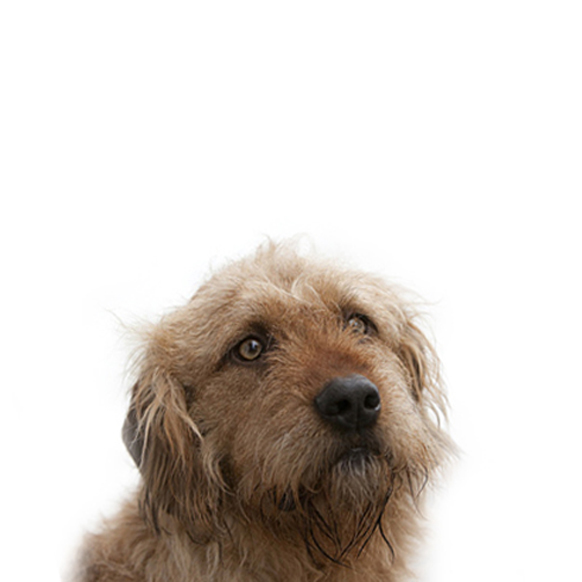
Is the Styrian Coarse-Haired Hound Right For You?
The Styrian Coarse-haired Hound is one of the breeds known as Grand Brackes. These dogs were primarily developed to hunt in the mountainous areas of Austria that is also noted for its unforgiving climate that is why they are named such. Exclusively utilized in hunting and in tracking wounded game. Developed from a Hanoverian Scenthound and from an Istrian Hound. This breed is noted for its remarkable scenting ability and has the most desired rough coat that makes the dog resistant to the harsh weather in high altitudes of the Austrian Mountains.
This is a medium sized breed though is strong and hardy. With its elastic ground covering movements, its strongly muscled body and its muscular and well angulated limbs, the dog can easily trail its quarry even on the difficult mountainous terrain of its country of origin. The Styrian Coarse-haired Hound has a slightly rounded skull and a strong straight muzzle, has a black nose and eyes have brown irises. The dog has a serious expression but it does not have a vicious temperament. The neck is not too long but it is strong.
The Styrian Coarsehaired Hound is is generally good with older children and tolerates other dogs especially if they were raised in the same household but wary of strangers. This dog is known to manifest a dominant behavior. This breed is not safe with other smaller pets as it has the tendency to chase small animals . Socialization and obedience training is necessary. However, because of its typical hound stubbornness and independent nature, the Styrian Coarse Haired Hound can be quite difficult to train. This breed though forms a strong bond with the hunter in the family. As such, this affectionate dog will show the master its eagerness to please. Consistent training conducted by the person considered as the master of the dog will turn the dog into a wonderful home companion with a well balanced temperament. A well socialized and well trained dog will show gentleness and tolerance to the children.
In 5 Words
- Active
- Alert
- Affectionate
- Energetic
- Intelligent
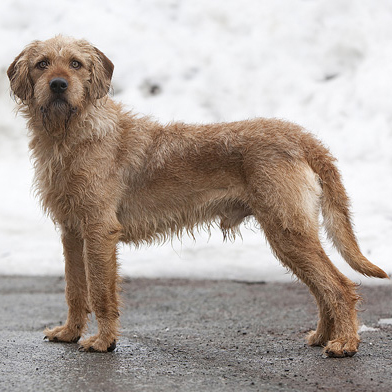
Characteristics
Learn About the Styrian Coarse-Haired Hound
Description
General Description
This breed of hound is energetic and extremely agile. With its muscular and lithe body, the dog can easily traverse the most difficult terrain. This is a passionate and tenacious hunter. Once a scent is found the dog will never give up the quarry even if it means having to endure thirst, hunger cold, heat and other discomforts. This intelligent hunter will be silent while trailing but when it is pursuing a hot scent, the dog is noted to be very vocal. Rabbits, hares and other small game are the usual quarry of this hound although they are also known to hunt wild boar and other big game. Because of its excellent scenting ability, the dog is also utilized to find wounded game.
The Styrian Coarsehaired Hound is a rare breed. In Austrian and in its neighboring countries, most of these dogs are mainly kept by hunters. This hardworking and passionate hunter may have a forbidding serious expression but the dog actually have a loyal and affectionate nature. Highly valued as a hunter, the Styrian Coarse Haired Hound is also a well loved family companion.
Size
On average, these dogs measure between 17.5 and 21 inches (45 to 53 centimeters) at shoulder and weigh between 33 and 43 pounds. (15 to 18 kilograms).
Coat
These dogs have wiry hair that can come in either fawn or red with or without white markings.
Short History of the Styrian Coarse-Haired Hound
The Styrian Coarse Haired Hound dates back to the 18th century when Karl Peintinger, the founder of the breed, crossed a Hanoverian Scent Hound with an Istrian Hound. Selective breeding continued until it produced a rough-coated, hardy hunting dog used by Austrians and Slovenians to hunt wild boar. It can also be used to track wounded animals through rough terrain and in high altitudes.
The Styrian Coarse Haired Hound is a breed of dog of the hound type.herding dogs.
Temperament
The Styrian Coarse-haired Hound is wary of strangers. This breed is generally good with older children and tolerates other dogs especially if they were raised in the same household. This dog is known to manifest a dominant behavior. Because of a high prey drive, this breed is not safe with other smaller pets as it has the tendency to chase small animals. Socialization and obedience training is very necessary. However, because of its typical hound stubbornness and independent nature, the Styrian Coarse Haired Hound can be quite difficult to train. This breed though forms a strong bond with the hunter in the family. As such, this affectionate dog will show the master its eagerness to please. Consistent training conducted by the person considered as the master of the dog will turn the dog into a wonderful home companion with a well balanced temperament. A well socialized and well trained dog will show gentleness and tolerance to the children.
It must be remembered that this breed is first and foremost a hunter and as such it would have high exercise requirements. These dogs are usually kept by Austrian hunters but because the dog bonds well with the master and noted to be affectionate some are kept as house companions. This breed would thrive in a home with a large yard. The rough coat is resistant to harsh weather and allows the dog to stay outdoors. Housebound dogs must be given regular opportunities to exercise. A Styrian Coarsehaired Hound that is not sufficiently exercised or one that does not have a task to do turns into a hard to handle and destructive dog.
Caring for Your Styrian Coarse-Haired Hound
General Health
The Styrian Coarse Haired Hound dog breed has no health issues so far. This dog lives around 12 years or more. However, there are a few health issues they may be prone to developing such as hip dysplasia, various forms of cancer, anesthesia sensitivity, bloat, ear infections, progressive retinal atrophy and obesity.
Care
Daily
Weekly
Monthly
.
Grooming & Bathing
Coarse haired dogs that are shown would need a more extensive grooming routine. Brushing the coat of this dog once a week would be enough to maintain its good condition. The medium length hair though would pick up burrs and dirt when the dog is hunting. It is necessary to thoroughly brush the coat after the dog is hunted not only to remove dirt but also to watch out for any external parasites that may have been picked up by the dog. Likewise, the hanging ears would need to be regularly checked and cleaned.
Exercise & Training
It must be remembered that this breed is first and foremost a hunter and as such it would have high exercise requirements.

